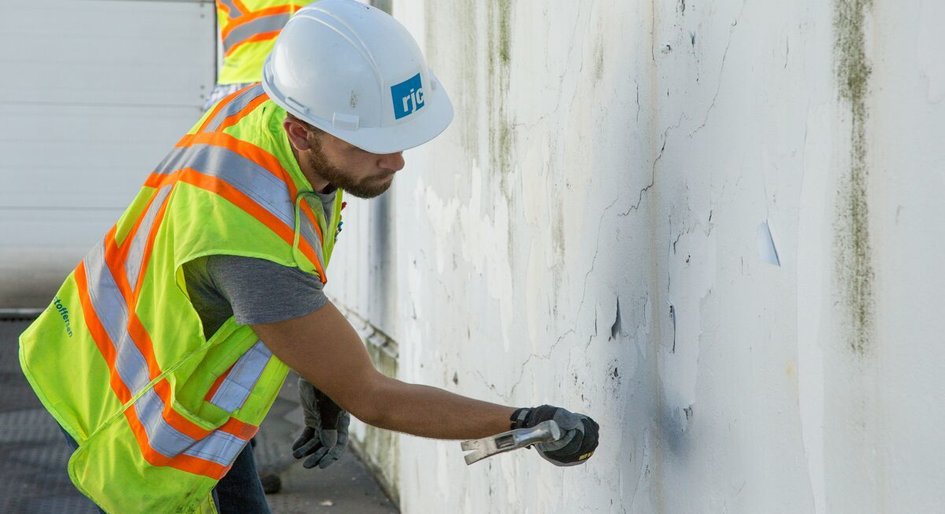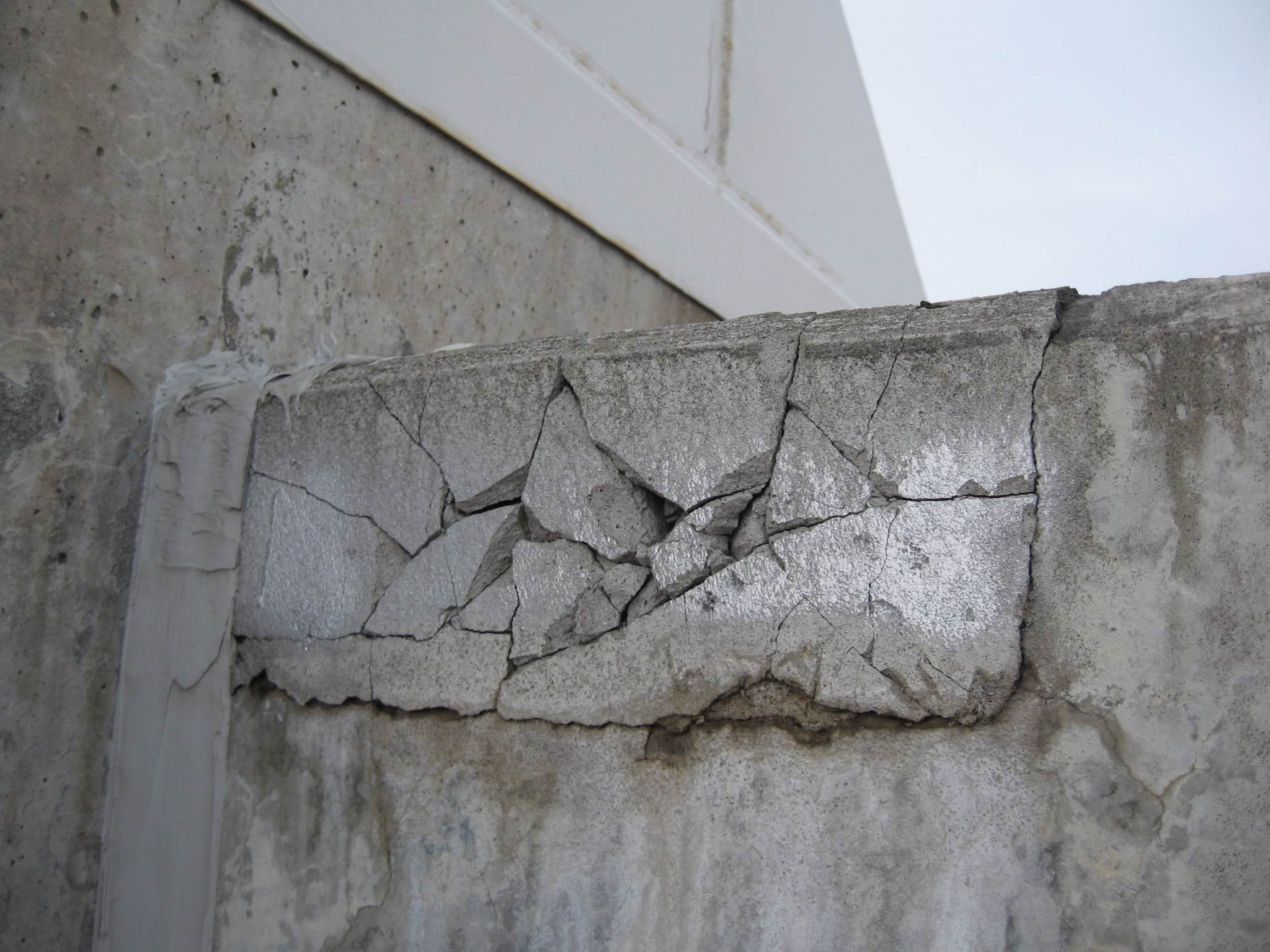Most of Canada’s older stock apartment buildings are made of reinforced concrete, making them vulnerable to structural distress throughout their varied lifespans. Yet all-too often building owners ignore the early warning signs until significant deterioration has occurred. Both costly and dangerous, a failure to take appropriate action could have devastating consequences.
“Structural deterioration can be caused by a variety of factors, the most common being the corrosion of the embedded reinforcing steel,” explains Jeremy Horst, Principal, Building Science and Restoration at RJC Engineers. “Other less common causes include: construction deficiencies and poor workmanship; overloading the structure; inadequate design; poor detailing; and the use of poor quality materials during the construction phase of the building.”
Because steel corrodes when exposed to moisture and oxygen, preventing that exposure is critical. As Horst points out, “Pure concrete possesses natural corrosion-inhibiting properties due to its high alkalinity. Provided the concrete is maintained in this high alkaline environment, the steel will not corrode. The protection is lost, however, if the alkalinity of the concrete is lowered due to some external factor affecting the pH of the concrete and destroying the protective layer to a level which will allow the corrosion process to begin.”
In multi-unit residential buildings, the most common areas of reinforcing steel corrosion are in the balcony and parking slabs due to their exposure to both moisture and aggressive chemicals, like the chlorides found in de-icing salts. “Chemicals and moisture will have a significant impact on the alkalinity of the concrete,” Horst warns. “And so will carbonation, the result of a chemical reaction between carbon dioxide (CO2) in the air and the calcium hydroxide in the cement. The rate of carbonation and its impact on the corrosion of the embedded reinforcing steel is determined by the quality of the concrete as well as the depth of concrete cover over the reinforcing steel.”
Signs of distress
Typically the first sign of deterioration in concrete is the appearance of cracking, followed by spalling in the areas where more progressive reinforcing steel corrosion has occurred. The spalling of the concrete will often expose the reinforcing steel—and once the corrosion process begins, it will continue at an accelerated rate.
“At this stage, the public’s health and safety might be at risk due to reductions in the load-carrying capacity of the structure,” Horst cautions. “Cracking, spalling and exposed reinforcing steel are tell-tale signs that the structure may be unable to safely support the loads being applied as a result of corrosion deterioration.”
So what’s the next step after spotting these warning signs? Call in the professionals. “The importance of this cannot be understated,” he says. “A qualified professional engineer should come in and conduct a condition assessment to identify if there are any risks to public safety and whether immediate shoring (i.e. temporary support) is needed. It will also give property stakeholders a thorough understanding of the present condition of the building and the overall structural significance of the observed deterioration.”
A qualified professional engineer will also provide recommendations for repair and maintenance in order to improve the structure’s long-term durability and prevent ongoing deterioration.
“Without understanding the cause, repairs can amount to a senseless waste of money,” Horst says. “Even successful repair programs will not bring the structure to a “new” condition; they are designed to extend the life of the existing structure. Systematic maintenance programs will reduce the overall extent of structural repairs required over time.”
Developing an effective maintenance strategy
According to Horst, an effective maintenance program includes both corrective action (i.e. localized repair of any deterioration that has progressed to an unacceptable condition), as well as preventative maintenance to offset any future deterioration of the structure.
One example of a successful maintenance strategy is to maintain the moisture protection systems (i.e. traffic topping) in the building’s parking structure while it’s in a state of good repair. “This would involve repairing the system as soon as a leak develops to prevent the ingress of moisture and chlorides into the structure,” says Horst.
A failure to do so, and to ignore any ensuing signs of trouble, could result in significant damage. “At some point localized repairs and maintenance may become uneconomical, or not practical, and extensive repairs, rehabilitation or replacement of the deteriorated structural element may be required.”
In some cases the deterioration can progress to a point where immediate shoring is needed to temporarily support the structure. Not only will this demand significant financial resources, but there will be a much greater service disruption to the residents who occupy the building. And as Horst points out, “Whether it’s extensive jackhammering, loss or parking, or the loss of the use of balconies, prolonged construction is never desired. Prevention is always the best strategy.”
To learn more about RJC’s structural engineering services, or to contact Jeremy Horst directly, please visit www.rjc.ca







